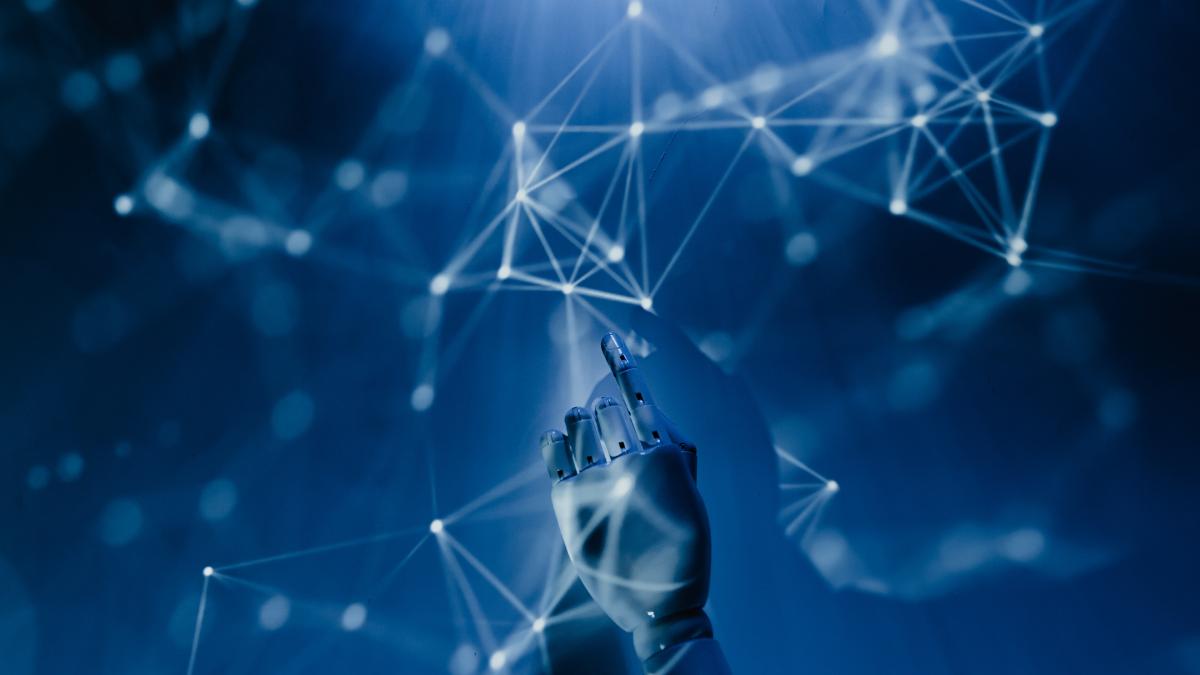Artificial intelligence (AI) already permeates many facets of our daily life, from suggestions to self-driving cars. The development of AI has, however, highlighted the problem of bias in the field of AI programming. AI bias detection is an essential part of putting AI to work in a way that is both fair and ethical.
AI Bias Detection Fundamentals
What we call “AI Bias Detection” is the study of potential prejudices and discriminations within AI programs and systems. Many factors, including skewed training data, individual biases, and institutionalized discrimination, can contribute to the emergence of bias. Developers may evaluate and fix these biases using AI Bias Detection methods, resulting in more fair and equitable AI systems.
Exploring the Types of AI Bias
There are several ways in which AI bias might affect the decisions made by these systems. Some examples of prevalent bias in AI systems are:
1. Data Bias
A data bias occurs when the data utilized to train AI systems does not accurately reflect the population at large. Inaccurate forecasts and discrimination against some groups are possible outcomes of this bias.
2. Algorithmic Bias
When algorithms, by their own nature or as a result of the information they are fed during training, reinforce discriminating behavior, this is called algorithmic bias.
3. User Interaction Bias
Biased user behavior while dealing with AI systems is the source of user interaction bias. User biases, whether expressed via feedback or participation, can amplify systemic biases.
4. Prejudice Amplification
The term “prejudice amplification” describes how biased judgements made by AI systems reinforce preexisting social disparities.
5. Latent Bias
Latent bias refers to biases that are not immediately obvious but can surface through the implementation or use of an AI system.
The Significance of AI Bias Detection
Detecting bias in AI is crucial for advancing the field of AI in a moral direction. Some of the most important justifications for using AI bias detection are as follows:
Ensuring Fairness
Fairer AI systems may be created by recognizing and eliminating prejudices, so that people from all walks of life are given the same chances and are treated with respect.
Avoiding Discrimination
With the aid of AI Bias Detection, we can make sure that AI systems don’t add to or worsen preexisting biases in society.
Enhancing Trust in AI
Users are more likely to accept AI technology and apps if they believe they are fair and objective.
Improving Decision-Making
By basing their judgments and suggestions entirely on objective criteria, impartial AI systems provide better quality results.
The Challenges of AI Bias Detection
Despite its critical importance, AI bias detection is not without its difficulties.
Complex Data Sets
Finding small biases in large data sets requires sophisticated analysis methods and algorithms.
Subjectivity in Bias Detection
Standardized frameworks are necessary since it can be difficult to agree on what constitutes prejudice and how to overcome it.
Constantly Evolving Bias
Continuous monitoring and detection is required because biases can develop over time as social norms and values shift.
Trade-offs with Accuracy
There has to be a careful balancing act between justice and performance when addressing prejudice in AI systems.
Best Practices for AI Bias Detection and Mitigation
Detecting and preventing bias in artificial intelligence requires a balance of technological and ethical factors. The following are some guidelines for developing an AI that is both just and objective:
1. Diverse and Representative Data Collection
It is important to avoid data bias by using varied and representative training data for AI algorithms.
2. Transparent AI Algorithms
Make your AI’s algorithms more understandable and detectable by making them more open and explicable.
3. Continuous Monitoring and Evaluation
It is important to evaluate the effectiveness of AI systems and conduct regular checks for bias in order to detect and eliminate new forms of bias as soon as possible.
4. Ethical Review Boards
Create ethical review panels to examine the ethical effects of developing and deploying AI technologies.
5. Inclusive AI Development Teams
Encourage a diverse group of people to work on AI projects together to eliminate the possibility of prejudice creeping into the design phase.
FAQs About AI Bias Detection
What are the potential consequences of AI bias?
Artificial intelligence (AI) bias can cause discrimination, unjust treatment, and a loss of user confidence in AI systems.
How can data bias be minimized in AI algorithms?
Using data preparation techniques and making sure a wide range of people contributed to the data can help reduce bias.
Is AI bias limited to specific AI applications?
Whether it’s a recruiting algorithm or a medical diagnosis, AI bias isn’t limited to one specific use case.
Can AI algorithms be completely bias-free?
Although developing completely fair AI algorithms is difficult, it is crucial to make these efforts.
How does AI Bias Detection impact AI research and development?
AI Bias Detection promotes ethical and impartial methods in AI development, hence fostering its steady advancement.
Are there any legal implications of AI bias?
Yes, breaching anti-discrimination legislation or other regulations can be the result of AI prejudice.
Final Words
Identifying and eliminating bias in AI systems is essential for developing really beneficial applications of AI technology. We can create AI systems that foster justice, equality, and trust by learning the intricacies of AI bias and using best practices. Let’s look at AI Bias Detection as a chance to make AI more equitable and responsible in the future.
